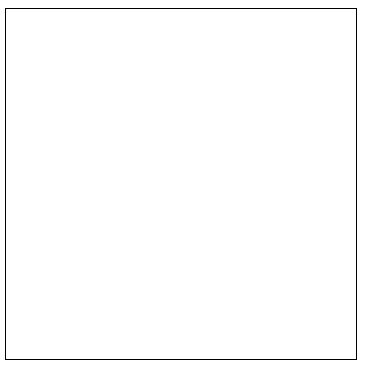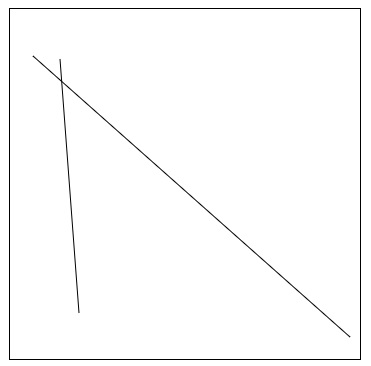
- HTML Canvas - Home
- HTML Canvas - Introduction
- Environmental Setup
- HTML Canvas - First Application
- HTML Canvas - Drawing 2D Shapes
- HTML Canvas - Path Elements
- 2D Shapes Using Path Elements
- HTML Canvas - Colors
- HTML Canvas - Adding Styles
- HTML Canvas - Adding Text
- HTML Canvas - Adding Images
- HTML Canvas - Canvas Clock
- HTML Canvas - Transformations
- Composting and Clipping
- HTML Canvas - Basic Animations
- Advanced Animations
- HTML Canvas API Functions
- HTML Canvas - Element
- HTML Canvas - Rectangles
- HTML Canvas - Lines
- HTML Canvas - Paths
- HTML Canvas - Text
- HTML Canvas - Colors and Styles
- HTML Canvas - Images
- HTML Canvas - Shadows and Transformations
- HTML Canvas Useful Resources
- HTML Canvas - Quick Guide
- HTML Canvas - Useful Resources
- HTML Canvas - Discussion
HTML Canvas - moveTo() Method
The HTML Canvas moveTo() method starts a new path from the given co-ordinates as parameters to the method.
Syntax
Following is the syntax of HTML Canvas moveTo() method −
CanvasRenderingContext2D.moveTo(x, y);
Parameters
Following is the list of parameters of this method −
| S.No | Parameter & Description |
|---|---|
| 1 |
x
The x co-ordinate of the point. |
| 2 |
y
The y co-ordinate of the point. |
Return Value
The method does not return anything directly but changes the cursor position inside the Canvas element.
Example 1
The following example applies the HTML Canvas moveTo() method to the context object and returns the current position of the cursor by window alert.
<!DOCTYPE html>
<html lang="en">
<head>
<title>Reference API</title>
<style>
body {
margin: 10px;
padding: 10px;
}
</style>
</head>
<body>
<canvas id="canvas" width="350" height="350" style="border: 1px solid black;"></canvas>
<script>
var canvas = document.getElementById('canvas');
var context = canvas.getContext('2d');
const x = canvas.width - 100;
const y = canvas.height - 100;
context.moveTo(x, y);
alert('The cursor is positioned currently at : ' + '(' + x + ', ' + y + ')');
</script>
</body>
</html>
Output
The output returned by the above code on the webpage as −

The window alert returned by the above code on the webpage as −

Example 2
The following example draws two lines onto the Canvas element from different positions.
<!DOCTYPE html>
<html lang="en">
<head>
<title>Reference API</title>
<style>
body {
margin: 10px;
padding: 10px;
}
</style>
</head>
<body>
<canvas id="canvas" width="350" height="350" style="border: 1px solid black;"></canvas>
<script>
var canvas = document.getElementById('canvas');
var context = canvas.getContext('2d');
context.moveTo(50, 50);
context.lineTo(69, 304);
context.moveTo(340, 328);
context.lineTo(23, 47);
context.stroke();
</script>
</body>
</html>
Output
The output returned by the above code on the webpage as −
